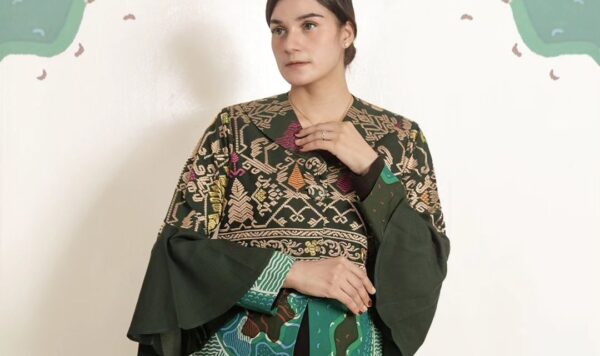Batik is about legends, heritage and also culture. While fashion, on the other hand, is about transformation. When you put the two together, you will create beautiful masterpieces.
Batik uses a wax-resist dyeing process to produce colorful textiles. Developed on Java island, lines and patterns created in Indonesian batik are particularly symbolic, and in 2009 UNESCO named Batik in Indonesia as a Masterpiece of Intangible Heritage of Humanity. Batik has been rooted in Indonesian society since their ancestors. This diversity is the result of acculturation of different cultures in Indonesia. Patterns and textures are never the same, batik carries a deep philosophy and meaning. Every line on the motif is an expression of the rich culture that exists in Indonesia.
As Indonesia’s most precious heritage, Batik has adopted a wide breadth of creative motifs, some of which with Hindu, Buddhist, Islamic, Chinese, Indian, European, and Japanese influence. Some sources say that the total of batik motifs that has been recorded is more than 30 different types. Each region in Indonesia has their Batik motif which is the region’s symbol of culture and philosophy.
ISome experts feel that batik was originally reserved as an art form for Javanese royalty. Certainly its royal nature was clear as certain patterns were reserved to be worn only by royalty from the Sultan’s palace. Princesses and noble women may have provided the inspiration for the highly refined design sense evident in traditional patterns.
In this modern era, Batik has been recognized by the international community as part of Indonesian culture. Batik contributes a lot to Indonesia’s export economy, which is involved with Japan, the United States, and Europe.
So, why is batik so important? Batik has a long history associated with traditions from various regions in Indonesia. Batik can be used to signify the different stages of a wedding ceremony, historically distinguished different social castes and identified the different provinces of Indonesia.







